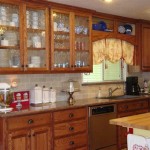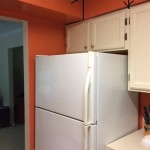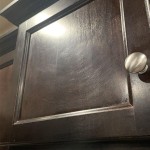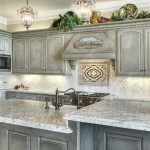Kitchen Cabinets Design With Islands: Essential Aspects to Consider
Kitchen islands have become a popular addition to modern kitchens, providing both functionality and a stylish focal point. When designing a kitchen with an island, there are several essential aspects to consider to ensure the space is both practical and aesthetically pleasing.
Size and Shape
The size and shape of the island should be determined based on the available space and the intended use. Consider the traffic flow in the kitchen, ensuring there is enough room for people to move around comfortably. Common island shapes include rectangular, L-shaped, and U-shaped, each offering its own advantages.
Material and Finish
The choice of material for the island should complement the overall kitchen design. Popular options include wood, granite, quartz, and stainless steel. Each material has its own unique characteristics, such as durability, cost, and aesthetic appeal. The finish, such as paint or stain, should match the kitchen's color scheme and style.
Storage and Functionality
Islands can provide valuable storage space for cookware, appliances, or pantry items. Consider incorporating drawers, shelves, or cabinets into the design. Additionally, the island can be equipped with features such as a sink, cooktop, or wine cooler for added functionality.
Lighting
Proper lighting is crucial for both task and ambient illumination. Install a combination of overhead lighting and under-cabinet fixtures to ensure the island is well-lit for cooking and meal preparation. Consider adding pendant lights or chandeliers above the island to create a decorative touch.
Countertop Height and Overhang
The height of the countertop should be comfortable for working and eating. A typical countertop height is between 36 and 39 inches. The overhang, or the amount the countertop extends beyond the base cabinets, should provide space for seating and allow for comfortable legroom.
Seating and Comfort
If the island includes seating, choose bar stools or chairs that are comfortable and appropriate for the height of the countertop. Consider the style and material of the seating to complement the overall design. Providing comfortable cushions or backrests can enhance the seating experience.
Integration with the Kitchen
The island should be seamlessly integrated into the kitchen design, both aesthetically and functionally. The color, material, and style should complement the surrounding cabinetry and appliances. The island should also enhance the kitchen's traffic flow and create a cohesive space.
Conclusion
When designing kitchen cabinets with islands, careful consideration of size, shape, material, storage, lighting, countertop height, seating, and integration is essential. By focusing on these aspects, you can create a functional and visually appealing kitchen island that serves as both a gathering space and a valuable asset to your kitchen.

5 Kitchen Island Design Ideas Surface One

22 Kitchen Island Ideas Remodel Layout Design Small

The Best Kitchen Design Ideas For Your Home Christopher Scott Cabinetry

5 Features To Include For The Perfect Kitchen Island

Kitchen Island Ideas Christopher Scott Cabinetry

Traditional Kitchen With Island Diamond Cabinetry

10 Small Kitchen Design Ideas With Island Lily Ann Cabinets

How To Design A Kitchen Island Kraftmaid

40 Kitchen Island Ideas To Upgrade Your Space Cabinet Kings

48 Amazing Space Saving Small Kitchen Island Designs Remodel Layouts Antique White
Related Posts








